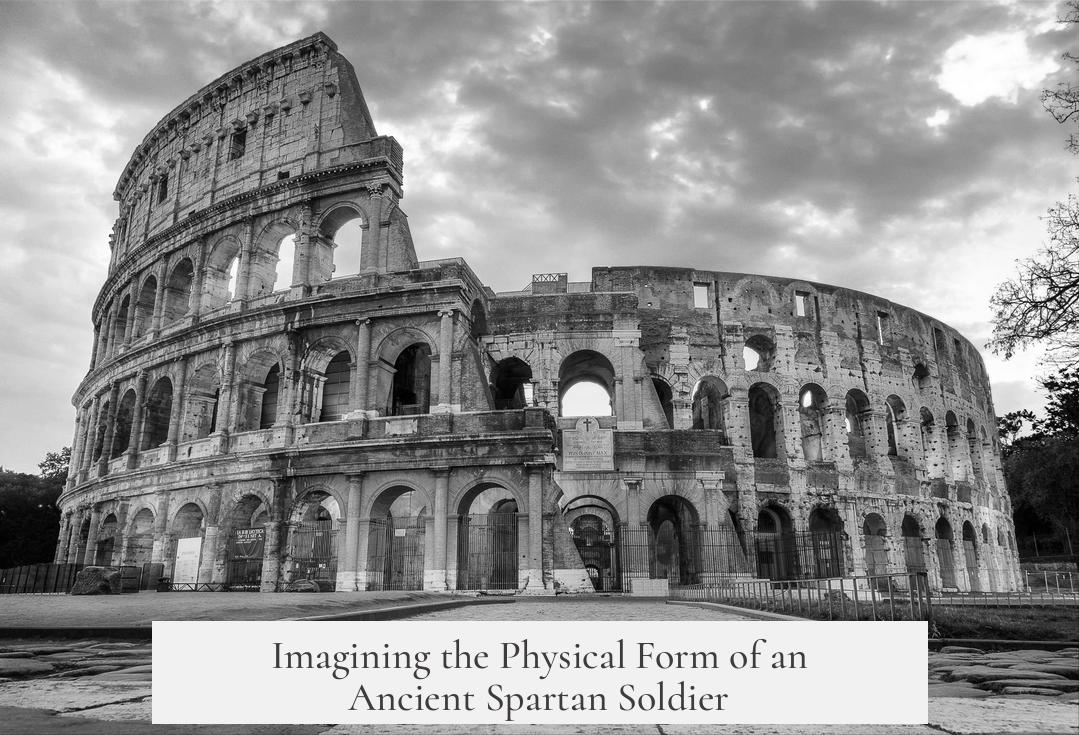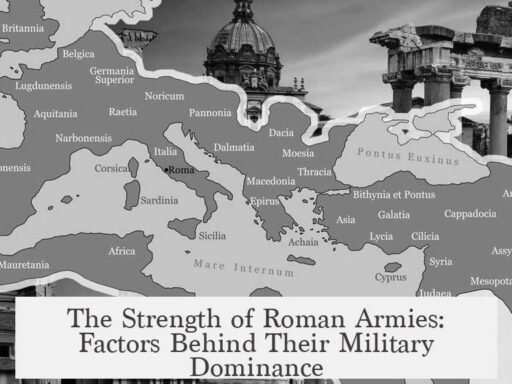Imagining an ancient Spartan soldier’s body requires understanding their unique social and military context. Spartans were not soldiers in the modern sense, as their military role was a duty tied to their privileged status rather than professional employment. Their bodies reflected lifelong athletic training emphasizing agility and endurance over sheer strength.
The term “soldier” misleads when applied to Spartiate citizens. Unlike professional soldiers, Spartiates served as a militia without pay. Their military service was a social obligation maintaining their political and economic privileges. This distinction sets Spartans apart from typical wage-earning armies of antiquity.
Concrete visual or descriptive evidence of Spartan physique is limited. Few artworks or literary accounts detail their appearance during Sparta’s peak. Existing statues from early periods show idealized forms but do not provide realistic portrayals. Most surviving sources comment little on their looks, forcing historians to rely on indirect clues and cautious interpretation.
Spartans likely were taller than many other Greeks. Xenophon notes a tradition or attempt to breed a race marked by size and strength. However, these efforts had mixed results. Spartan citizens belonged to the landowning elite, so their diet and health were generally better than average. Their childhood nutrition, despite some periods of food scarcity, could support relatively tall stature, though exact averages remain unknown.
Physical training shaped the Spartan body significantly. Their approach emphasized athletic fitness rather than specialized military drills such as weapons handling or tactical maneuvers in youth. Spartan males (and females) underwent rigorous exercise routines fostering endurance, agility, and mental toughness.
- The Spartan training regime resembled general Greek athletic practices rather than modern military drill.
- Endurance running, gymnastics, and dancing built agility and overall fitness.
- Weight training or mass-building was discouraged, as brute strength was considered detrimental to combat effectiveness.
Spartans aimed for a lean, well-built physique—not bulky muscles typical of pugilists or heavy fighters. The ideal warrior was nimble, resilient, and suited to harsh conditions, able to sustain effort without fatigue. This physical form contrasted with modern images of heavily muscled soldiers or athletes focused solely on strength.
| Trait | Description |
|---|---|
| Height | Probably taller than typical Greeks; exact data unknown. |
| Build | Lean, muscular, athletic without excessive bulk. |
| Training Focus | Agility, endurance, mental resilience. |
| Diet | Moderate, controlled to avoid sluggishness; sometimes encouraged theft to supplement hunger. |
Diet played a complex role. Spartan youths sometimes faced controlled food restrictions aiming to prevent lethargy. Stealing food during training was an accepted practice, promoting cunning and survival skills. Adult diets became richer in protein but remained balanced to maintain optimal muscularity and stamina.
Spartan women also trained, mainly focusing on gymnastics and physical conditioning alongside traditional domestic skills. Their fitness supported societal goals of producing strong offspring and maintaining overall community health.
Spartan adult males shifted training towards tactical military skills such as marching and maneuvers, yet their youthful physical conditioning underpinned battlefield performance. The visible result was a display of superior physique, endurance, and readiness rather than mere weapon proficiency.
In sum, envisioning an ancient Spartan soldier’s body means thinking of a disciplined citizen-athlete: tall, lean, and athletically fit. Their body exemplifies endurance, agility, and mental toughness cultivated through lifelong training and controlled diet, distinct from the modern concept of a professional soldier’s physique.
- Spartans were militia members, not salaried soldiers.
- Visual and literary evidence of Spartan appearance is scarce.
- They were likely taller and healthier than other Greeks.
- Training emphasized agility and endurance, avoiding bulk.
- Diet was controlled to balance strength and stamina.
- Women underwent physical training focused on gymnastics.
- The ideal Spartan body was lean, tough, and able to bear hardship.




